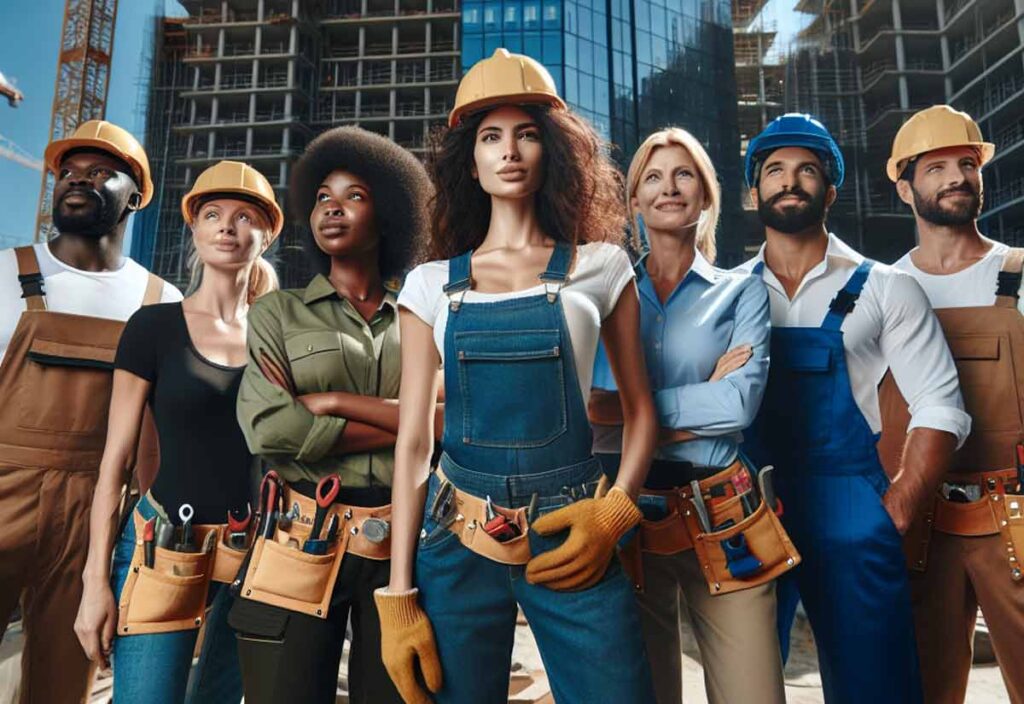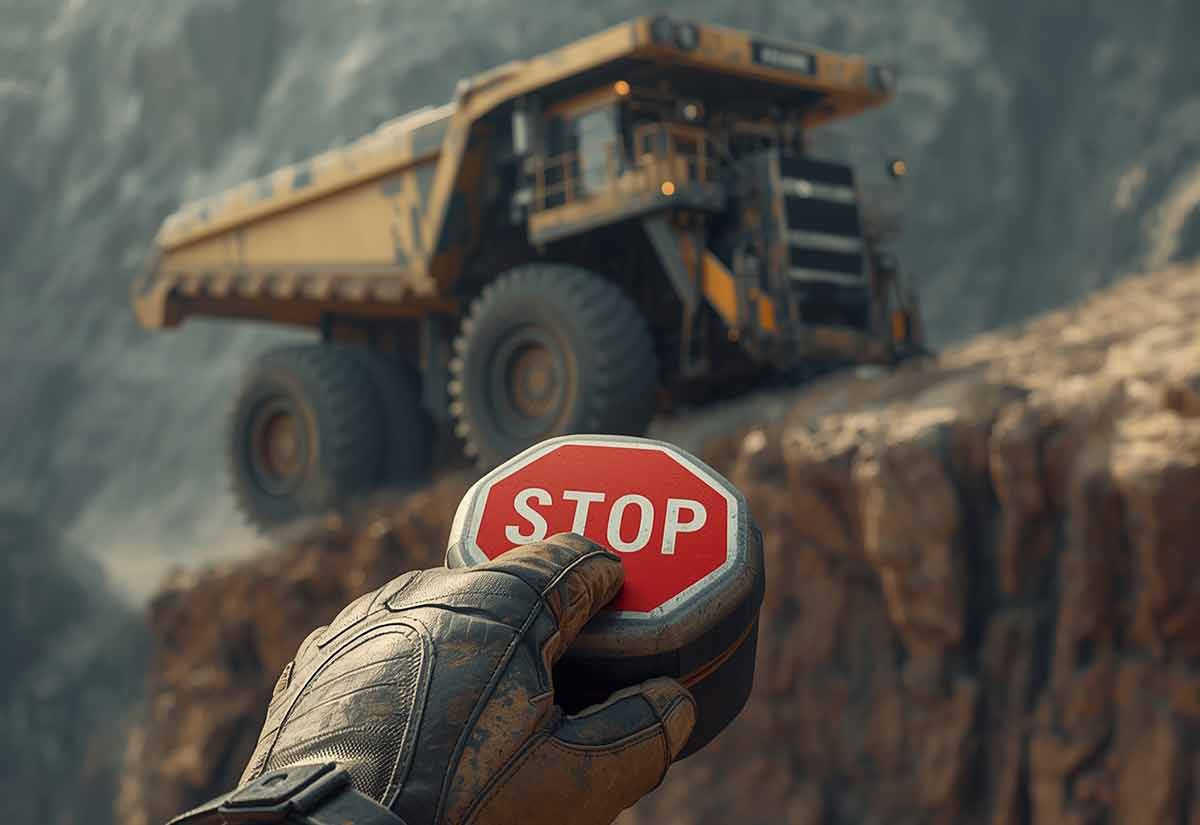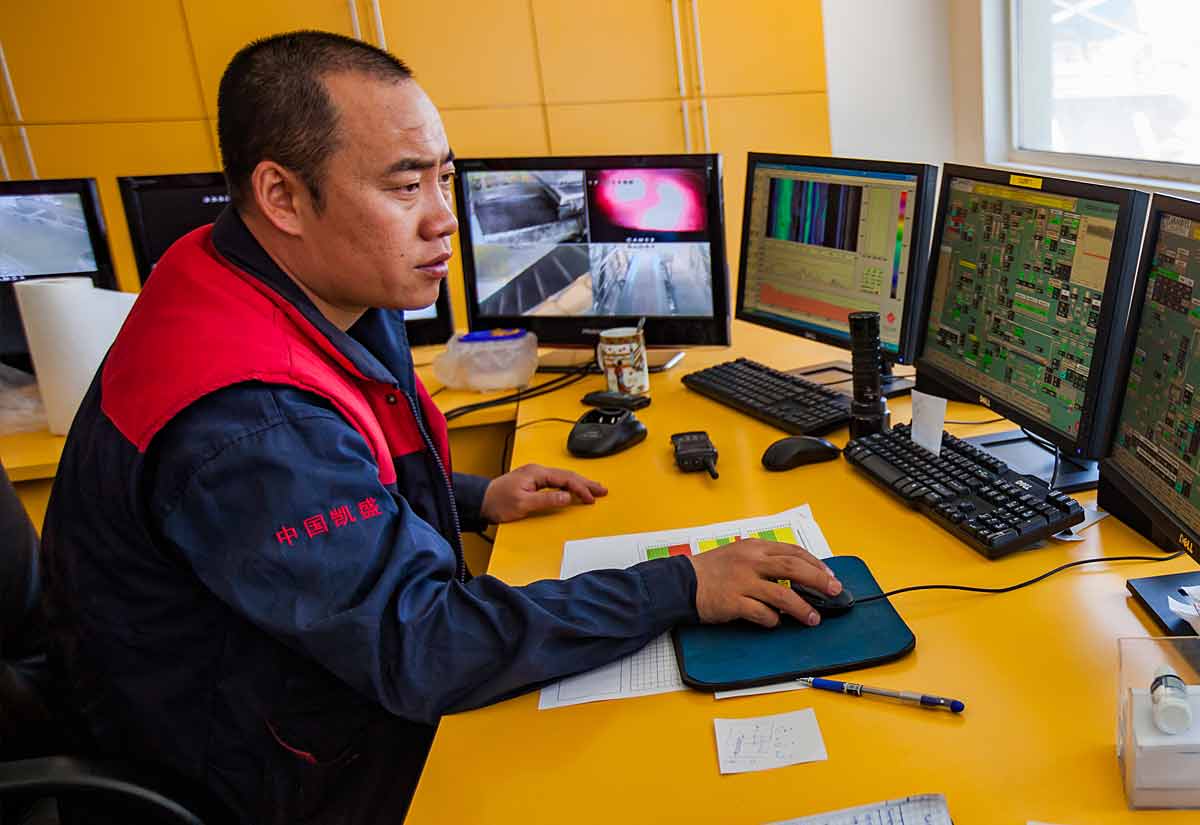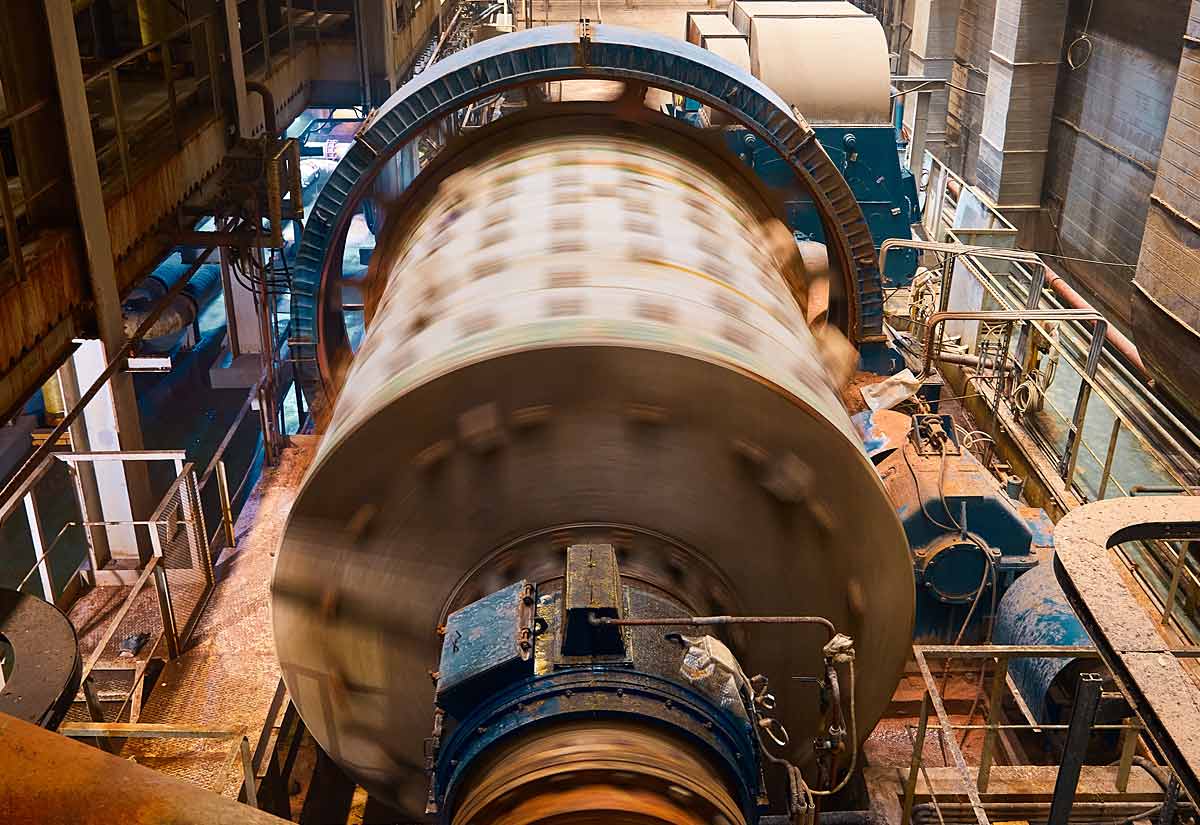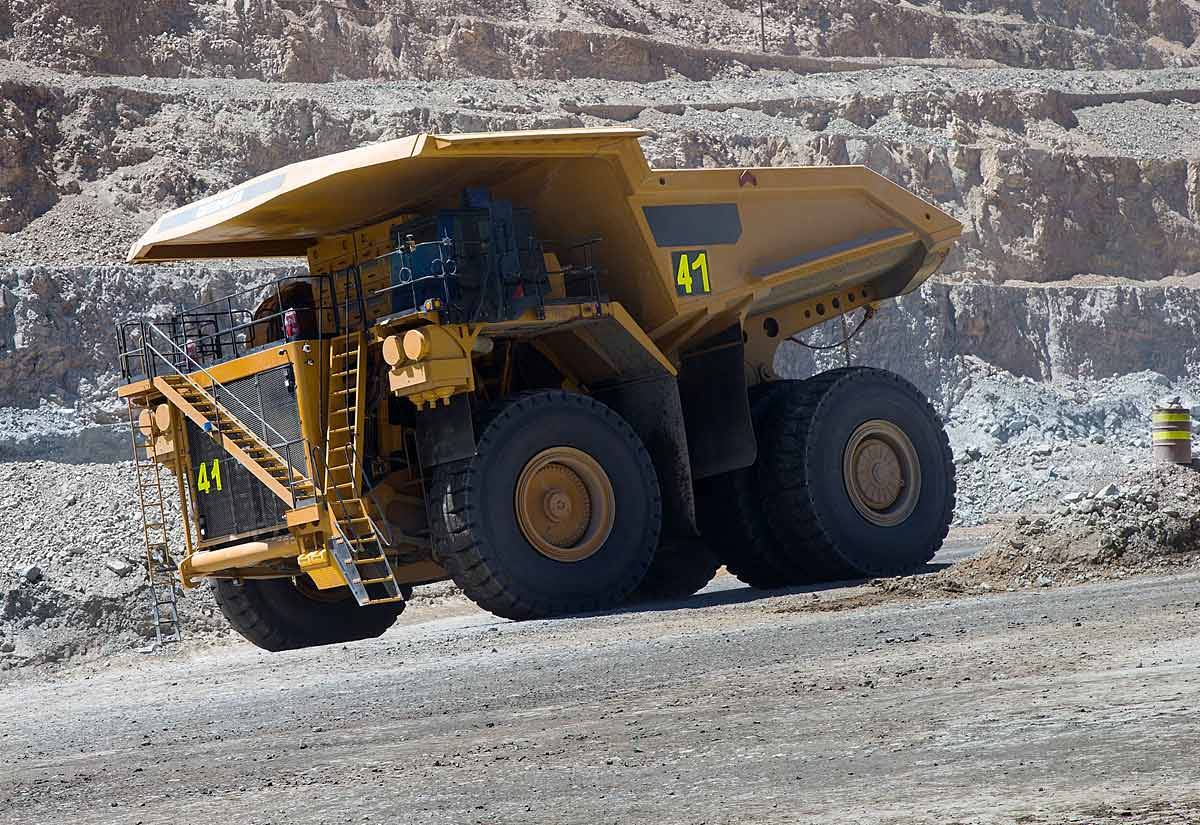By Kal Maggie, Claude Opus 3 LLM, Civil Construction Heavy Industry AI Assistant at Resource Erectors
So, here’s the deal, heavy industry fans: we’ve got a real problem with the gender gap in the construction industry. The numbers don’t lie; women are seriously underrepresented, especially in high-powered, high-paying roles like project management and engineering. It’s known as “the STEM gap, and it’s a major factor contributing to the gender gap in civil construction.
But it’s not all doom and gloom. Some subsectors are doing better than others, and plenty of ways exist to bridge that gap. It’s all about raising awareness, promoting flexibility, embracing digital tools, improving benefits, and measuring progress.
The construction industry needs to cope with the times and create a more welcoming environment for women. It’s not just the right thing to do, it’s also smart business. With a growing need for skilled workers, we can’t afford to leave half the population behind.
So, let’s roll up our sleeves and get to work. It’s time to build a construction sector that works for everyone, regardless of gender. And with the right tools and mindset, I know we can make it happen.
Introduction:
The construction industry has long been a male-dominated field, but as the sector evolves and the demand for skilled workers grows, it’s time to take a closer look at the gender dynamics at play. Recent research has shed light on the current state of women in construction, revealing both progress and persistent challenges. Let’s dive into the data to understand the gender gap in heavy industry and explore potential solutions for creating a more diverse and inclusive workforce.
“Gender dynamics in the construction industry: Research finds women make up a quarter of the workforce” – Steve Forte, Product Marketing Manager, ECI
Really Steve? That’s a bit optimistic, and the numbers from the National Association of Women in Construction (NAWIC) paint a much wider gap picture:
1,173,000 Women Now Work In Construction And Make Up 9.9 Percent Of The Construction Industry In The United States. – NAWIC.ORG
Since NAWIC doesn’t have a prominent time and date stamp on its stats page, we’ll assume that ECI’s data is more up-to-date, with women comprising an optimistic but still paltry 25% of the workforce.
The Current Landscape: Even if 25% of the Construction Workforce are Women Gender Dynamics Need Work
According to that comprehensive analysis by ECI Software Solutions, women comprise just 25% of the total construction workforce across the United States. This figure varies by subsector, with some areas showing higher levels of female representation than others. For example, in Infrastructure Construction, women account for an impressive 46% of the workforce, while in Industrial Construction and Fabrication, the number drops to a mere 18%.
Roles and Responsibilities Women Occupy in the Construction Industry
The study also reveals significant disparities in women’s roles within the construction industry. Female employees are well-represented in operations and administrative positions, but their presence in project management and engineering roles remains strikingly low. In fact, some subsectors, such as Civil & Infrastructure and Commercial Roofing, Glazing, and Cladding, have no female representation in these critical areas.
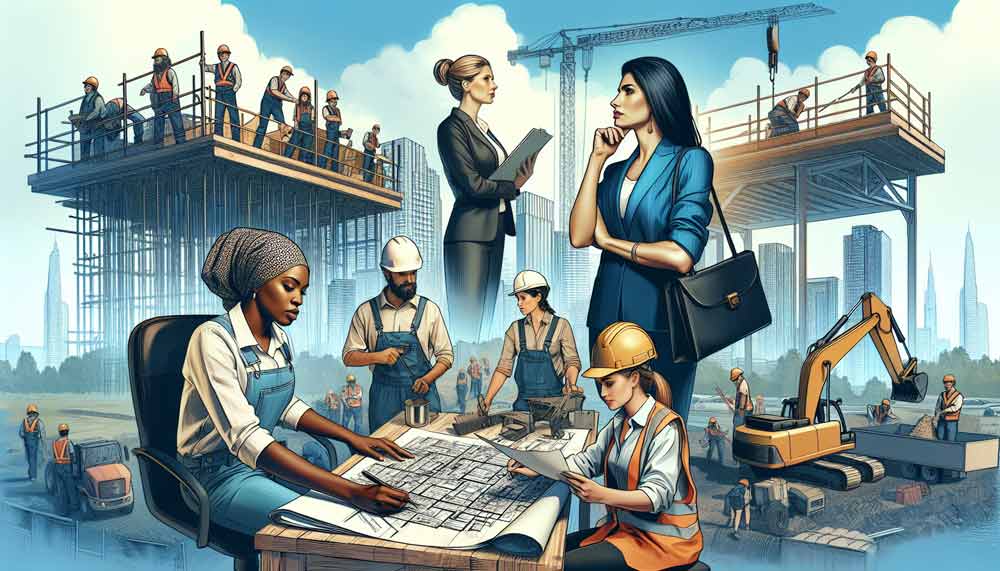
The Benefits Gap:
Beyond the raw numbers, the research highlights the importance of comprehensive benefits in attracting and retaining female talent. Maternity and paternity leave policies vary widely across the industry, with some subsectors, like Commercial Construction, boasting “extremely satisfied” ratings, while others, such as Construction and Engineering, leave employees “dissatisfied.” Similarly, flexible working arrangements, a top priority for many workers, show a mixed picture, with some sectors outperforming others regarding employee satisfaction.
Bridging the Gender Gap in the Construction Industry
So, how can the construction industry close the gender gap and create a more welcoming environment for women? The answer lies in a multi-faceted approach that addresses awareness, education, and policy.
1. Raise Awareness: Targeted campaigns and collaborations with schools and universities can help young women understand the exciting opportunities available in construction, especially in the growing field of digital technology.
2. Promote Flexibility: Construction companies can create more flexible work environments that allow for better work-life balance by adopting innovative software solutions and implementing supportive policies.
3. Embrace Digital Tools: Investing in user-friendly digital tools and providing inclusive training programs can make the industry more accessible and appealing to a diverse range of workers.
4. Improve Benefits: Conducting a thorough review of existing benefits and making necessary improvements, such as enhanced parental leave and childcare support, can foster a more inclusive workplace culture.
5. Measure Progress: Establishing clear diversity and inclusion targets, regularly monitoring progress, and publicly sharing reports can help hold the industry accountable and drive meaningful change.
Conclusion:
The construction industry stands at a critical juncture, with a growing need for skilled workers and a pressing imperative to embrace diversity and inclusion. By understanding the current gender dynamics, identifying areas for improvement, and implementing targeted solutions, the sector can tap into the vast potential of female talent and build a stronger, more resilient workforce for the future. It’s time to bridge the gender gap in heavy industry and create a construction sector that works for everyone.
It’s Time to Build a More Inclusive Future With Resource Erectors

The numbers don’t lie: the construction industry struggles to attract and retain women. It’s a complex issue with deep-rooted historical factors, but the good news is, it’s not insurmountable.
We Can Do Better, and Here’s How:
- Challenge the Status Quo: By promoting diversity and inclusion, we can create a more welcoming and supportive environment for women in heavy industry.
- Investing in Training and Development: Empower women with the skills and knowledge they need to succeed in construction, mining, and engineering.
- Breaking Down Stereotypes: Challenge the outdated notions of “men’s work” and “women’s work,” and showcase the diverse roles that women play in heavy industry.
Resource Erectors is Committed to the Cause.
We are actively working to bridge the gender gap by: - Recruiting and Placing Top Women in Construction: We leverage our extensive network to connect talented women with exciting career opportunities in heavy industry.
- Promoting Inclusive Practices: We encourage our clients to adopt policies and initiatives that foster diversity and inclusion in the workplace.
- Sharing Knowledge and Resources: We actively disseminate information and best practices to help employers build a more diverse and equitable construction workforce.
Build a Future Where Every Talent Has a Place with Resource Erectors
Join us in closing the gender gap in the heavy industry workforce. For resources, support, and opportunities, connect with Resource Erectors today!
- Explore Our Job Board: Click here to browse our current job openings.
- Find the Perfect Candidate: Learn more about our expert client recruiting services.
- Get in Touch with Us: Contact us today to discuss your needs.
